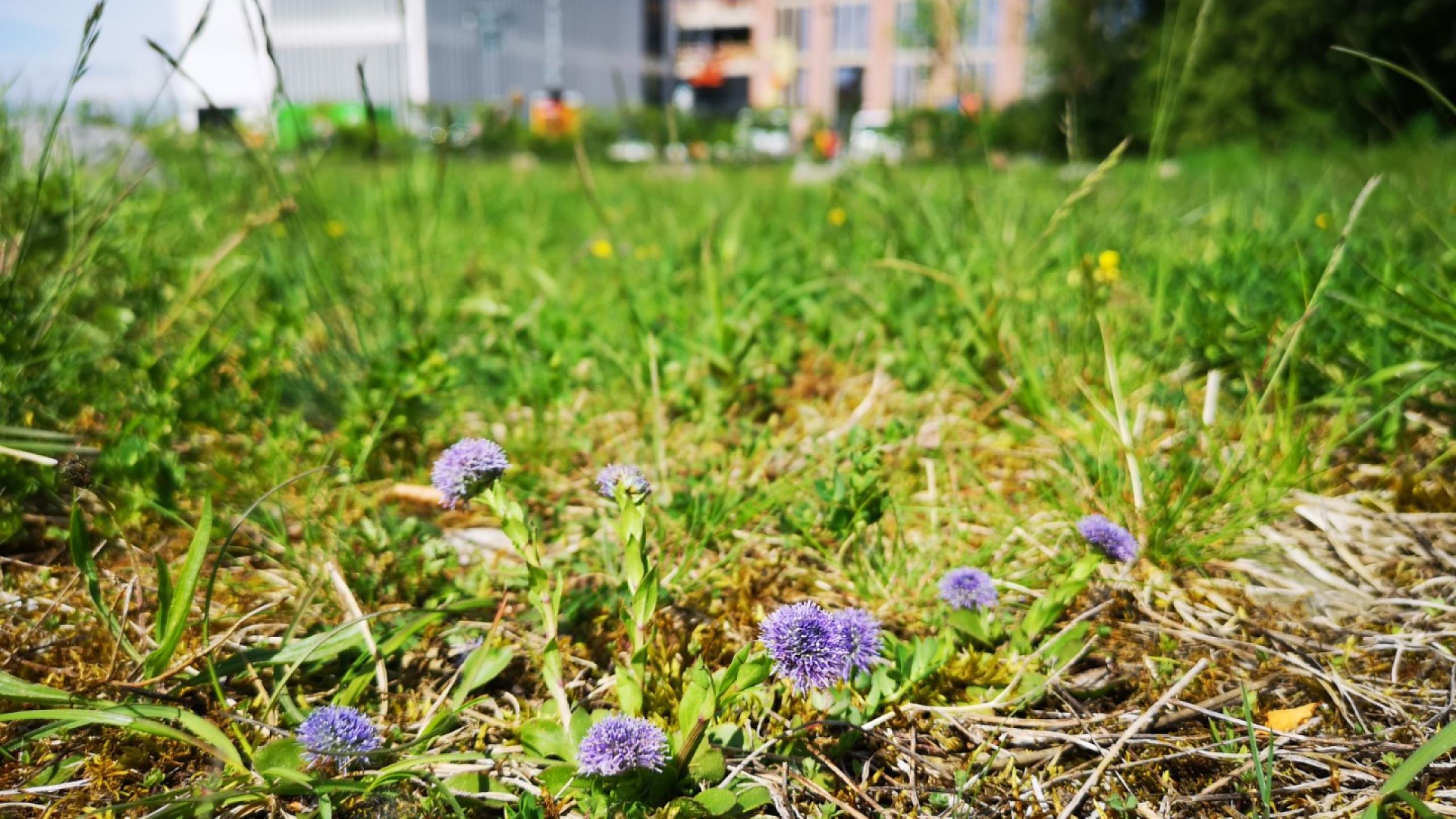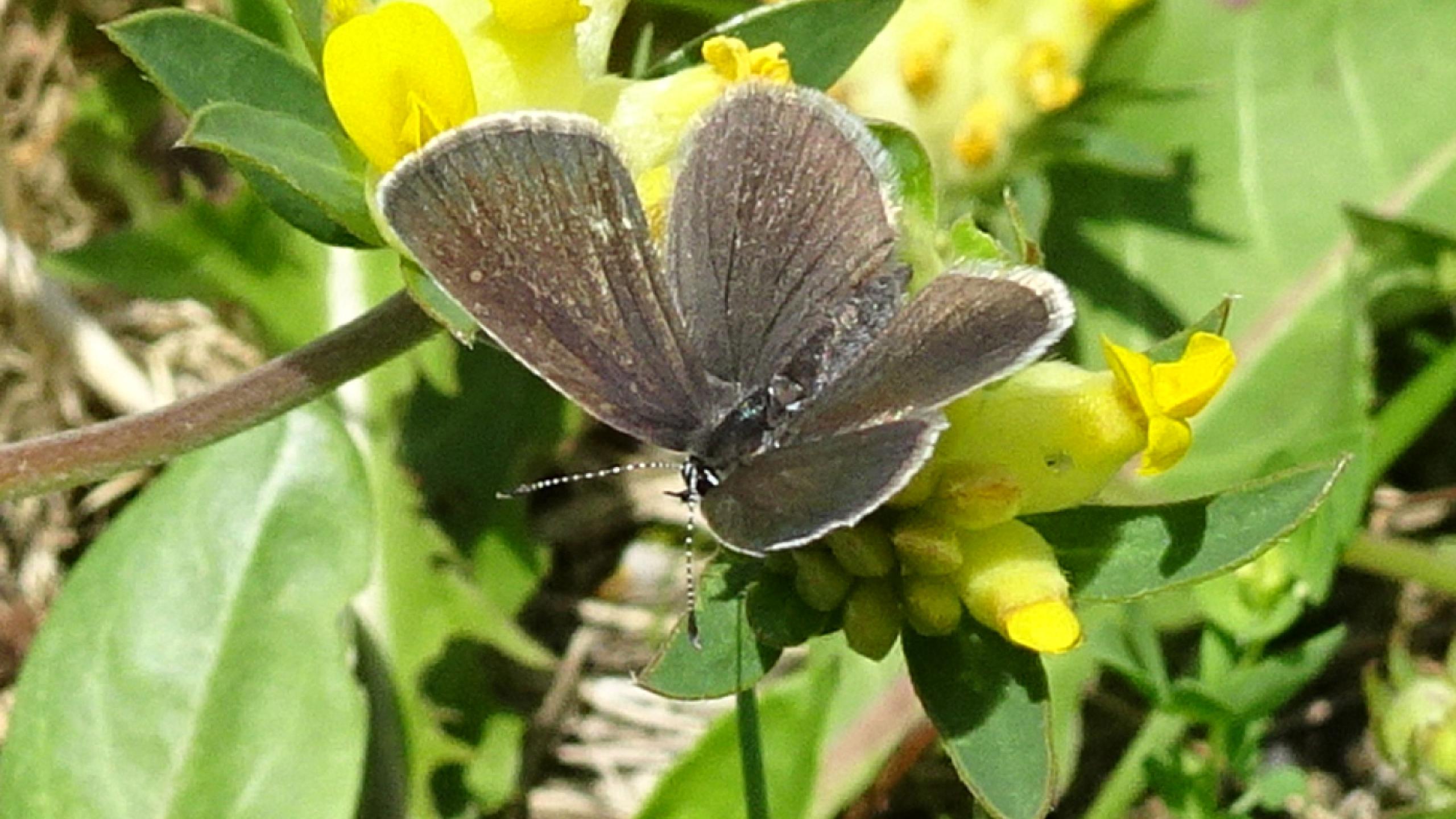
Get to know the Bergson Biotope
-
 Sarah VoigtSenior Communications Manager
Sarah VoigtSenior Communications Manager
SW: Mr. Schwahn, first of all, what is a biotope and what purpose does it serve?
MS: A biotope is basically just a habitat in a completely neutral sense. For example, roadsides are a preferred habitat for the mugwort ambrosia, an invasive plant species from North America whose pollen is one of the strongest allergy triggers, while the bog blue butterfly, as the name suggests, almost exclusively colonizes raised bogs as its habitat. In common parlance, however, this usually refers to a habitat that is valuable for nature and species conservation, in which biocoenoses that are important for nature conservation, often with declining and now rare plant communities and the organisms living in them, in the form of animals, higher plants, mosses, lichens, fungi, etc., have been preserved and which is usually a habitat for these species. These areas have been preserved and serve as a refuge for these mostly declining communities. These biotopes, which are valuable in terms of nature conservation, combine the "natural heritage" of a landscape area - biotopes of the cultural landscape are also part of the cultural heritage of a landscape area (e.g. humpback meadows near Mittenwald).
In the case of a construction project, such a "biotope" usually also compensates for interventions that are unavoidable as part of the realization of a project. This may be necessary from a species protection and/or nature conservation perspective. In the case of the Bergson artificial power plant, it was primarily species protection issues that required the creation of a compensatory biotope.
SW: When was the Bergson biotope created?
MS: The biotope was created before construction began in 2019.
SW: What are the special features of the Bergson Biotope?
MS: There is a highly diverse range of habitats in a comparatively small area, which acts as a "biodiversity hotspot" in the immediate vicinity and is home to a considerable variety of valuable species that have become rare, even though the habitat was newly created. Only plant seeds of local origin were used for sowing (e.g. from the Langwieder Haide). There are closely interlinked shady woodland stands, dry and warm, fully sunny habitats and a small body of water.
SW: How many different insect and plant species do you estimate there are in the biotope?
MS: That is impossible to estimate, as we are only seeing the "tip of the iceberg". If we take a closer look at the wild bees and butterflies, we still don't know anything about beetles, grasshoppers, cicadas, bugs, flies, etc. In any case, a whole range of endangered plant species have already been successfully established over the past five years.
SW: What does this biotope mean to you?
MS: As I grew up and live in the Aubing district myself, the biotope is not only part of the "Aubing natural heritage" but also part of my home. Our office has been involved in the project from the very beginning, at least since 2016, and it is of course very important to us that all open spaces and outdoor facilities are worthy of the Bergson Kunstkraftwerk idea.
SW: What was your personal favorite moment at the Bergson Kunstkraftwerk?
MS: There were certainly many moments. Looking back, the return of the traditional bats or the appearance of new bat species in the winter roost cellar was of course a formative experience. In more recent times and after such a long journey, of course, when I was able to experience the cultural program in the middle of the Bergson's magnificent "industrial cathedral" for the first time after the opening alongside my wife, be it "Bergson's Rise" with the Jazzrausch Bigband (including time-stretched bat calls in the musical performance!), "Peter and the Wolf" with the Bavarian State Orchestra or the opening of the lecture series "The Middle East - between politics, religion and society" with Prof. Dr. Michael Wolffsohn.
Thank you very much for the interview, Mr. Schwahn!


